e-Commerce cyber risks and how to prevent them
The moments we live in will be one of the most challenging for the business world. Today, to the operational risks characteristic of any...
Magento is a powerful and flexible e-commerce platform with a wide variety of SEO tools to ensure that the website ranks high in search engines.
One of the best marketing tools is blogs. They help to attract more customers to the website, are an excellent place to promote the site, and improve customer experience. Blogs are indispensable elements that enable us to promote our products or services. Creating blogs in Magento is very simple, as we are going to see below:
1. Navigate to Content > Blog > Posts and click on Add new post.
2. Activate the post and enter a label.
3. Select the class you want to assign the blog post. You can also easily create a new category.

4. Type the blog content in the corresponding space.
You can click "Show / Hide Editor to show the available editor options.
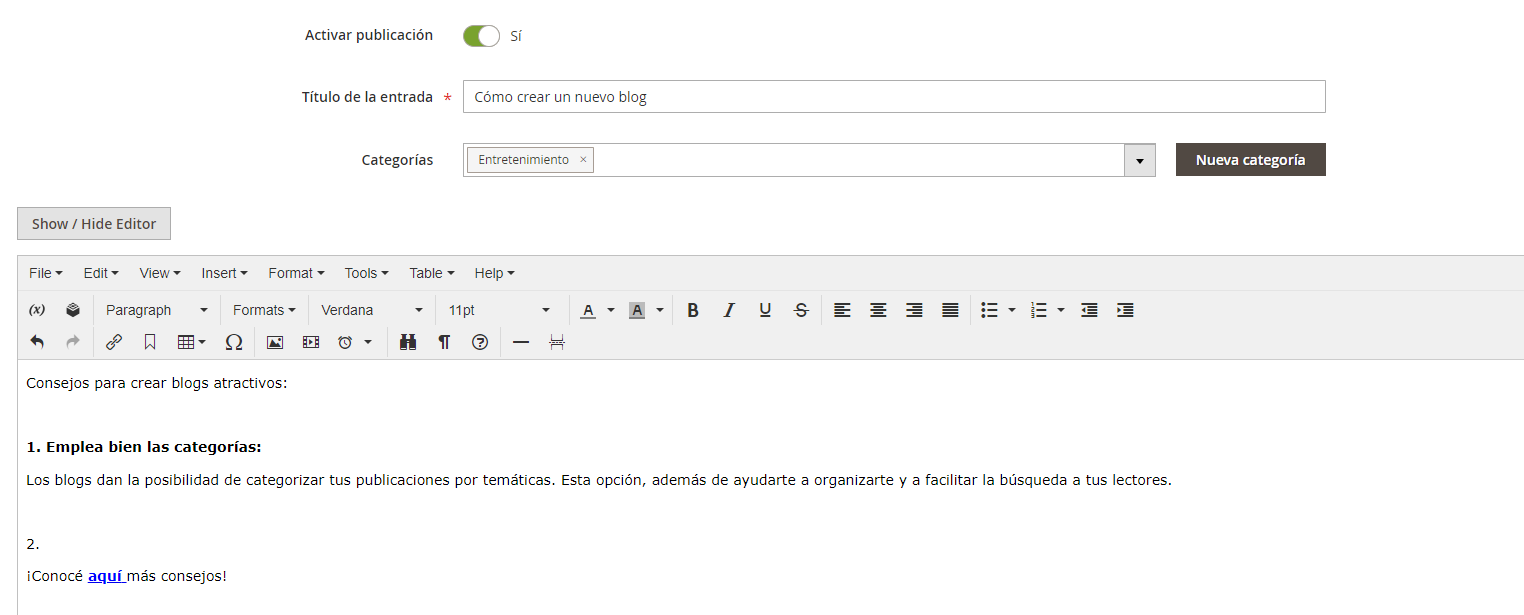
5. Add the short content:
The short content is the one that will be displayed on the blog page and in the list of posts.
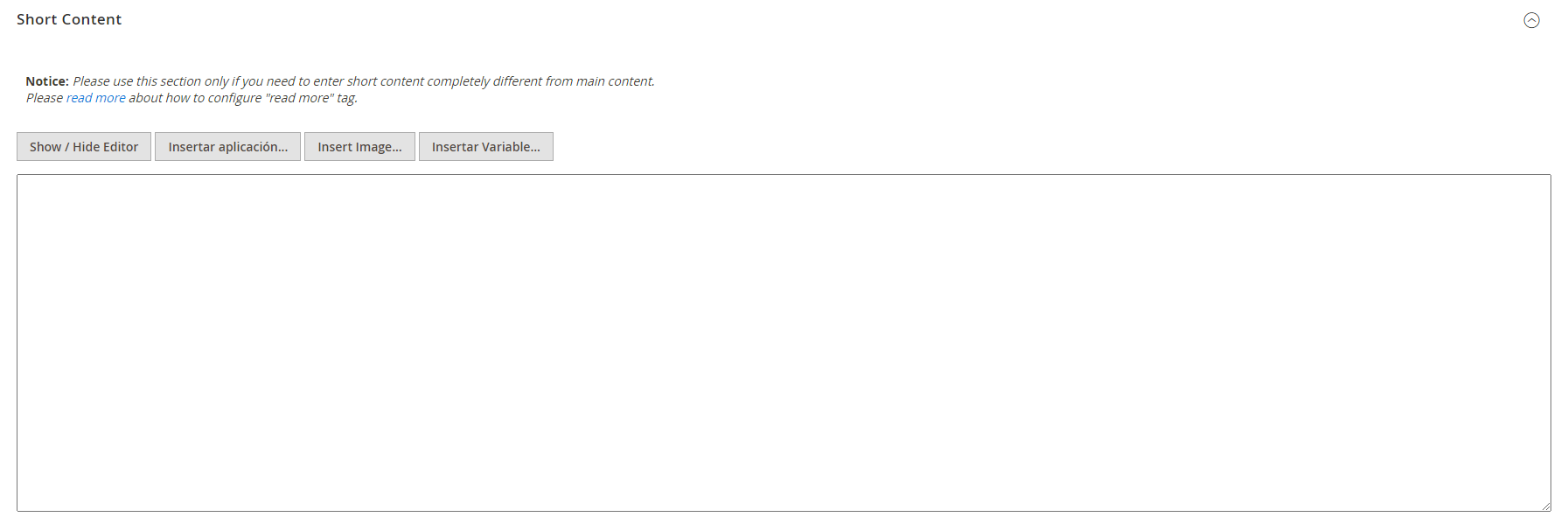
6. Configure the blog display settings:

You may also be interested in:
7. Add photos to the blog's media gallery: They will be displayed at the bottom of the blog page.

8. Set up search engine optimization.
If you let this field blank, it will be caused automatically.
Will use the blog title if you do not enter this field.
Will use the short term if you do not enter this field.

9. Configure Open Graph Metadata:
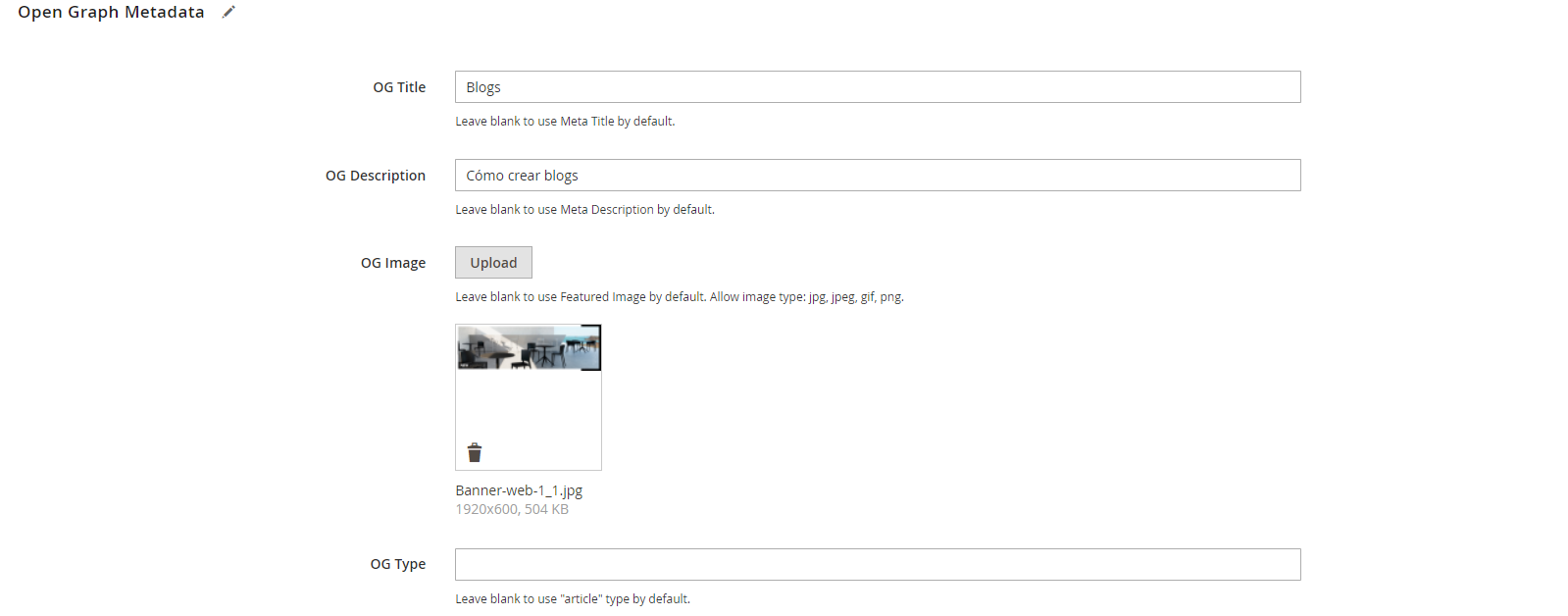
10. Pick which websites you like the blog to be published on.

11. Choose posts and products.
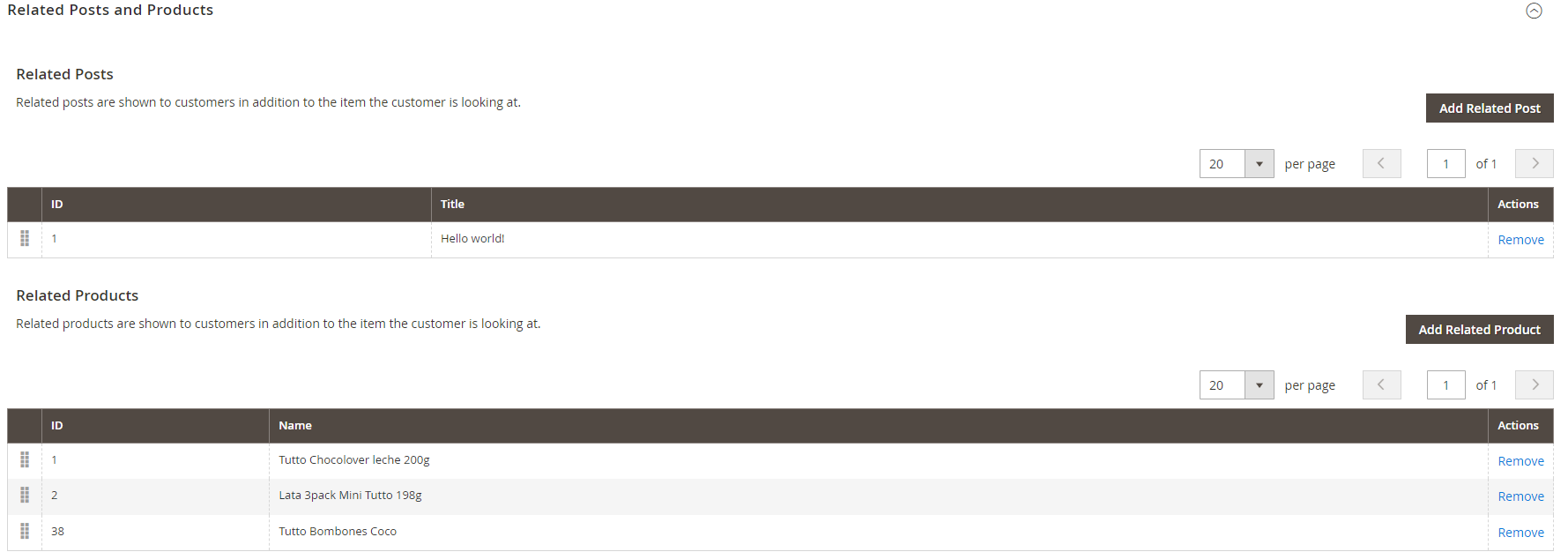
12. Save the blog, and you will be able to display it on the blog page on the date you indicated.
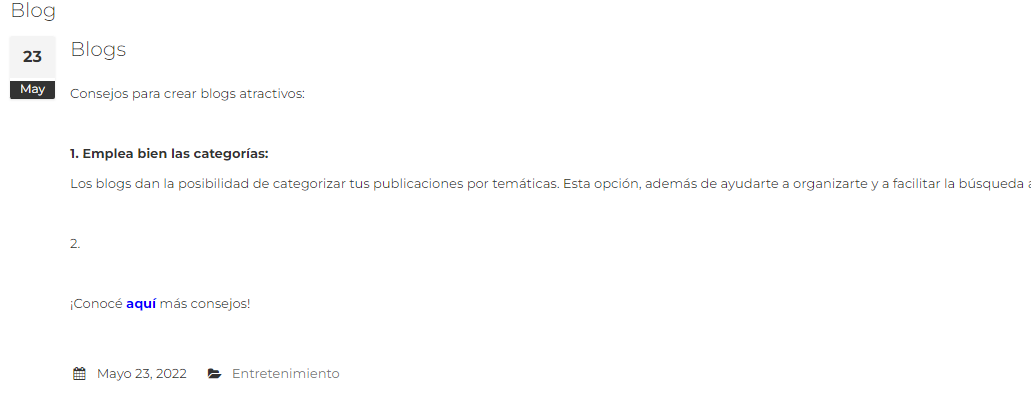
Blogs are a good marketing strategy. You can blog about new products, upcoming products on the site, or a topic you want to convey to your customers and visitors.

The moments we live in will be one of the most challenging for the business world. Today, to the operational risks characteristic of any...

For many years, the checkout process in e-commerce applications (particularly the shipping address) was relatively rudimentary, emphasizing the...

Managing an eCommerce, in many cases, involves extraordinary challenges. There are so many things to be aware of that sometimes it is difficult to...